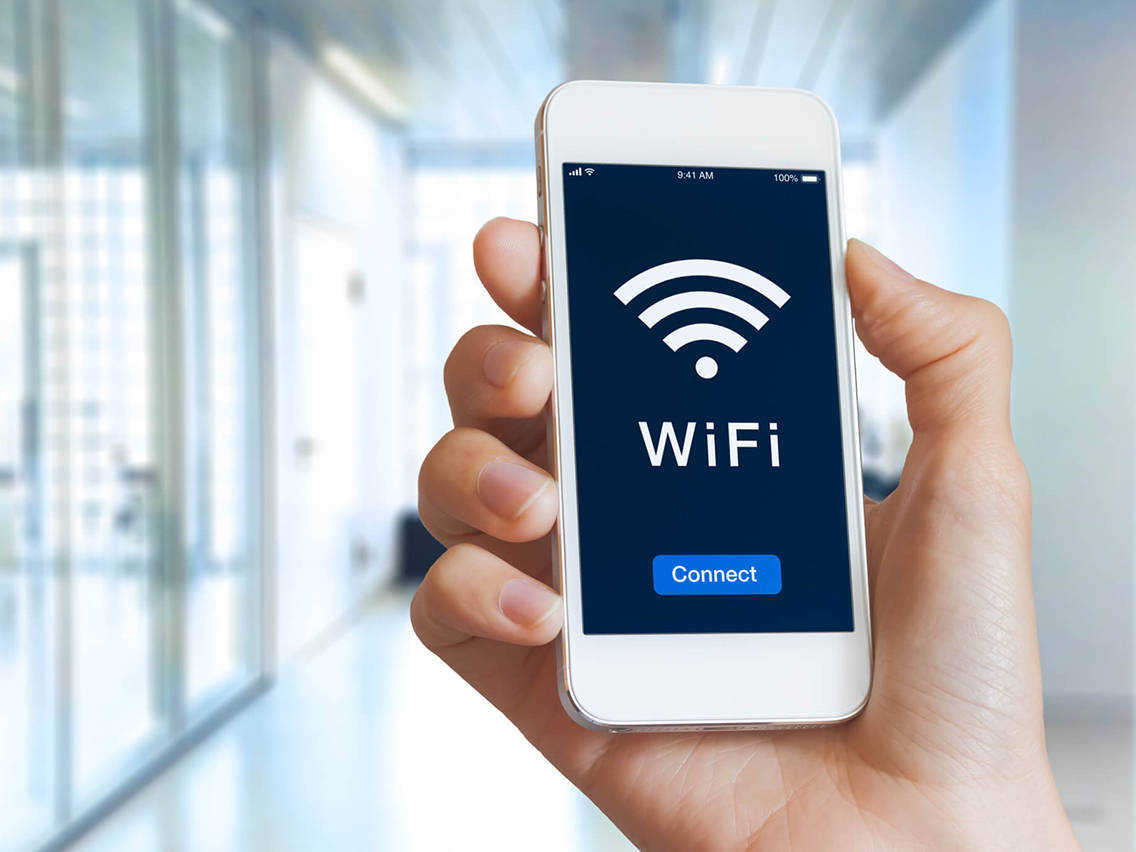Usually, one password exists for one SSID but given the increase in the number of users who require a Wi-Fi connection in public places, a connection that can be accessed with multiple passwords but still continues to remain a centrally managed WIFI system has become important. This led to the development of home WIFI solutions with multiple passkeys. This protects people from seeing all the devices connected to the Wi-Fi which would be the case if a single password was used but at the same time allows users to see their own devices so that tasks such as screen casting and online printing are not hindered.
Connectivity for Residents
Whether a property manager is onboarding new tenants, or a resort manager is welcoming new guests, it is important to give them a resident-like experience. With multiple key enterprise Wi-Fi connections, the process of providing them with a great Wi-Fi connection becomes extremely easy. Usually, the service provider ensures that a single end-to-end process exists for the same. For example, some providers have their own software where the manager can enter the dates when they are moving in and moving out and access to Wi-Fi is provided accordingly. The residents might receive a text message or an email with their log in details that they can use to connect their devices. Just like their devices would remember the network at home, they’d do so here as well. They will also get auto-connected when in range. In the case of residential buildings, guests can use the guest network.
The best part about the personal passwords provided to residents is that it does not require anyone to log in through any sort of portal for access. The process is similar to connecting the Wi-Fi at home. This makes it extremely suitable for assisted or senior living facilities, and hospitals.
Benefits of Multiple Keys
The beauty of this system is that it stores all the passwords for a particular SSID and ensures that the key being entered is valid. This system is not dependent on the hardware itself. This system allows users to onboard several different devices without any added complexity. It is also easy to scale this network easily depending on the volume of the traffic and the infrastructure. Another important feature is that the authentication does not require the device’s MAC address. Consequently, the experience won’t be affected by MAC randomization. Overall, it is important to remember that Wi-Fi needs of different businesses can vary. What works for a residential building might not work for an office building. There are industries where a different connection would be preferred.
Conclusion
There are several factors that need to be considered when you are thinking of setting up a managed WIFI system – user experience, security, management and internet speed. Make sure that you approach a provider that specializes in enterprise Wi-Fi solutions before you finalize your deal.
Basketball fan, vegan, hiphop head, reclaimed wood collector and growthhacker. Working at the fulcrum of simplicity and computer science to create not just a logo, but a feeling. I sometimes make random things with friends.
